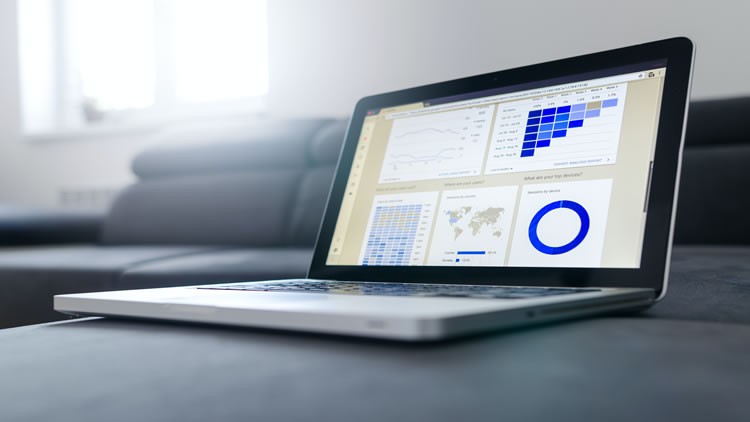Data Manipulation With Dplyr in R
A straightforward tutorial in data wrangling with one of the most powerful R packages - dplyr.
4.29 (295 reviews)

32,491
students
3 hours
content
Nov 2020
last update
$64.99
regular price
What you will learn
Filter data frames using various conditions
Select and remove data frame columns (variables)
Sort data frames by column values
Create new variables from the existing ones
Compute summary statistics for our data frame
Other useful operations (count data fame rows, select top rows, select rows at random etc.)
Chaining dplyr commands to write powerful data manipulation code
Joining data frames (five joining types)
Combining dplyr with ggplot2 to create meningful charts
Screenshots




Related Topics
3654314
udemy ID
11/23/2020
course created date
12/5/2020
course indexed date
Bot
course submited by